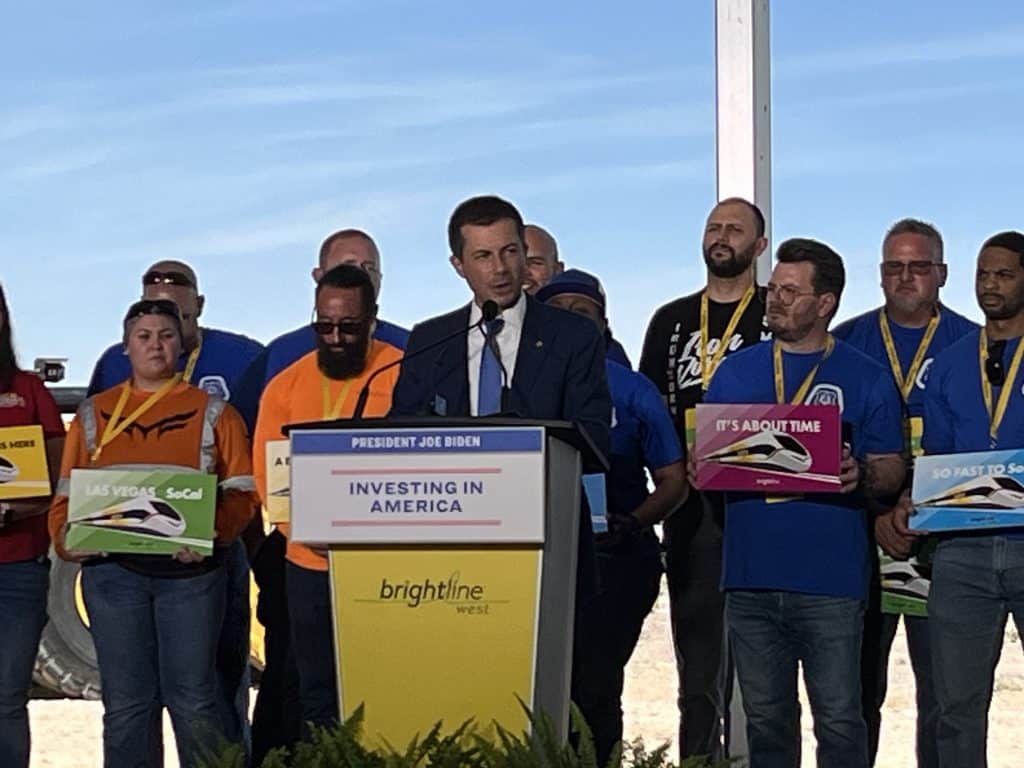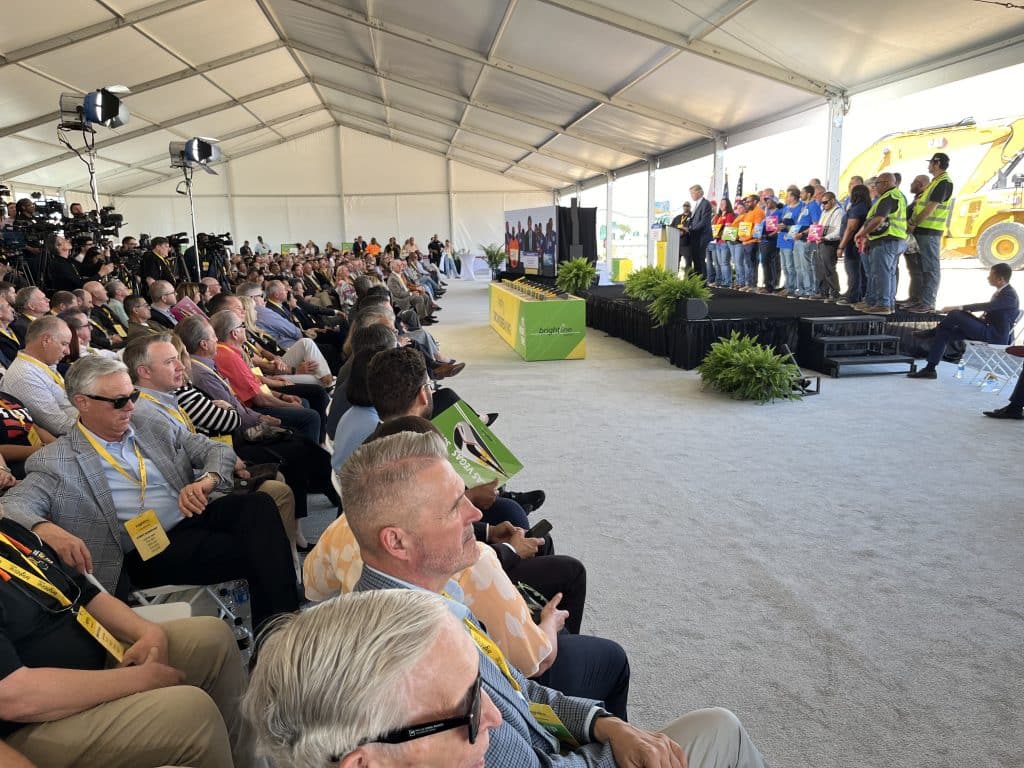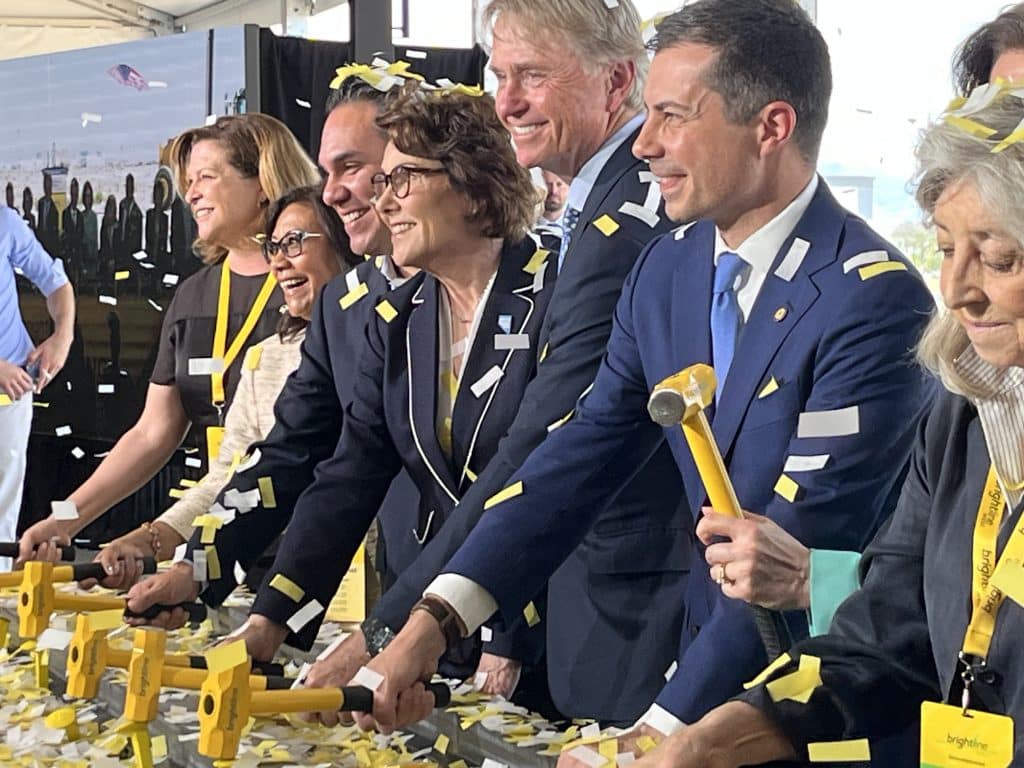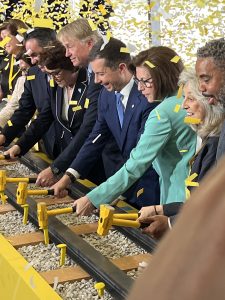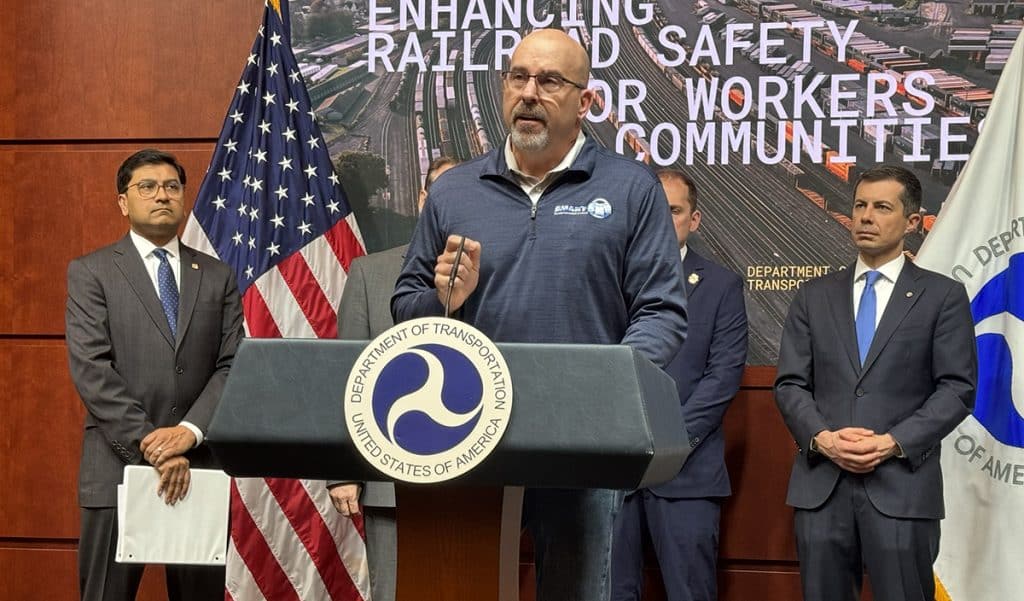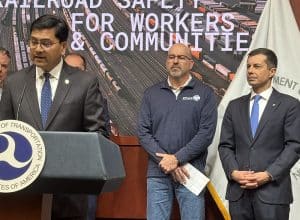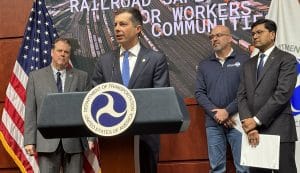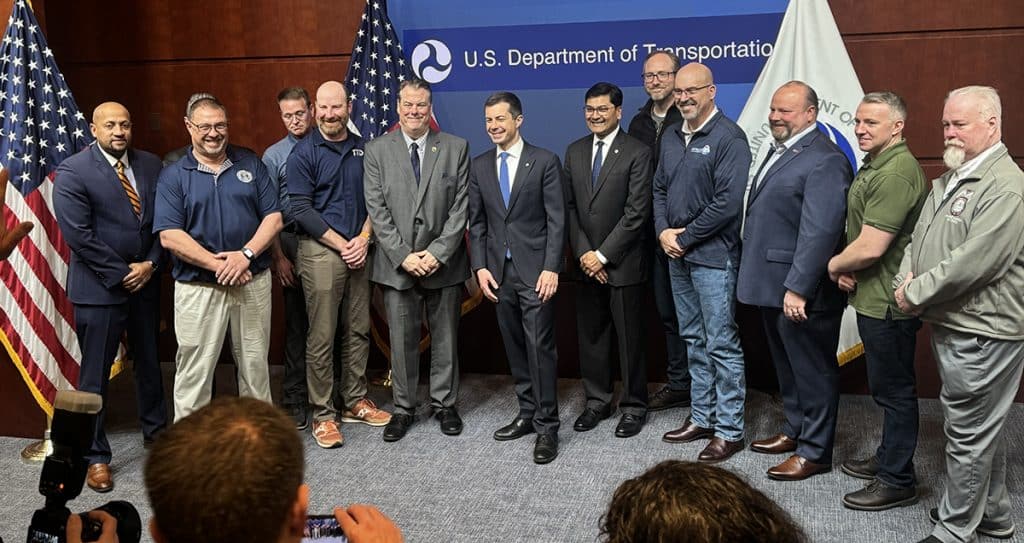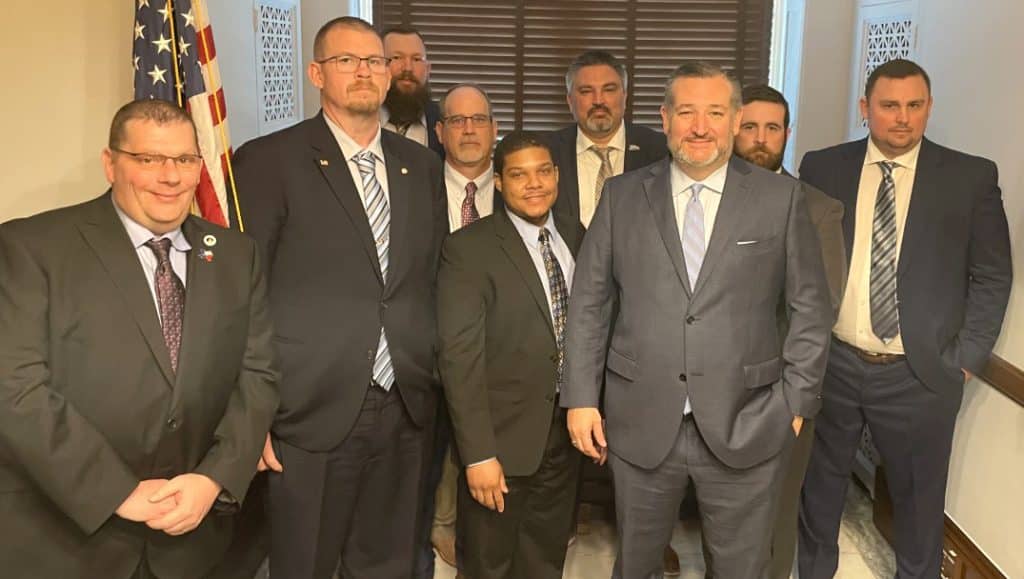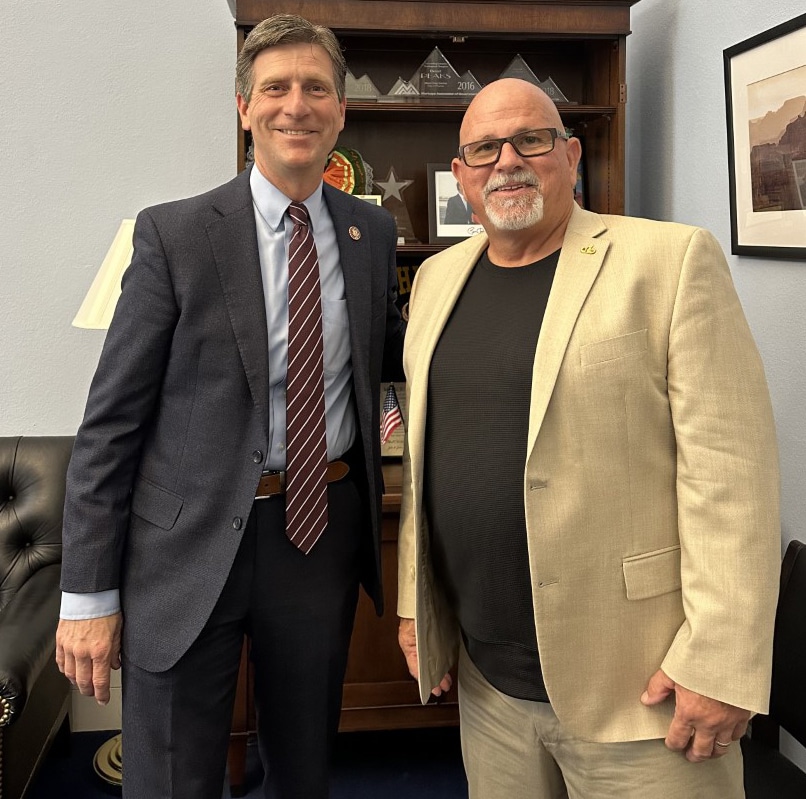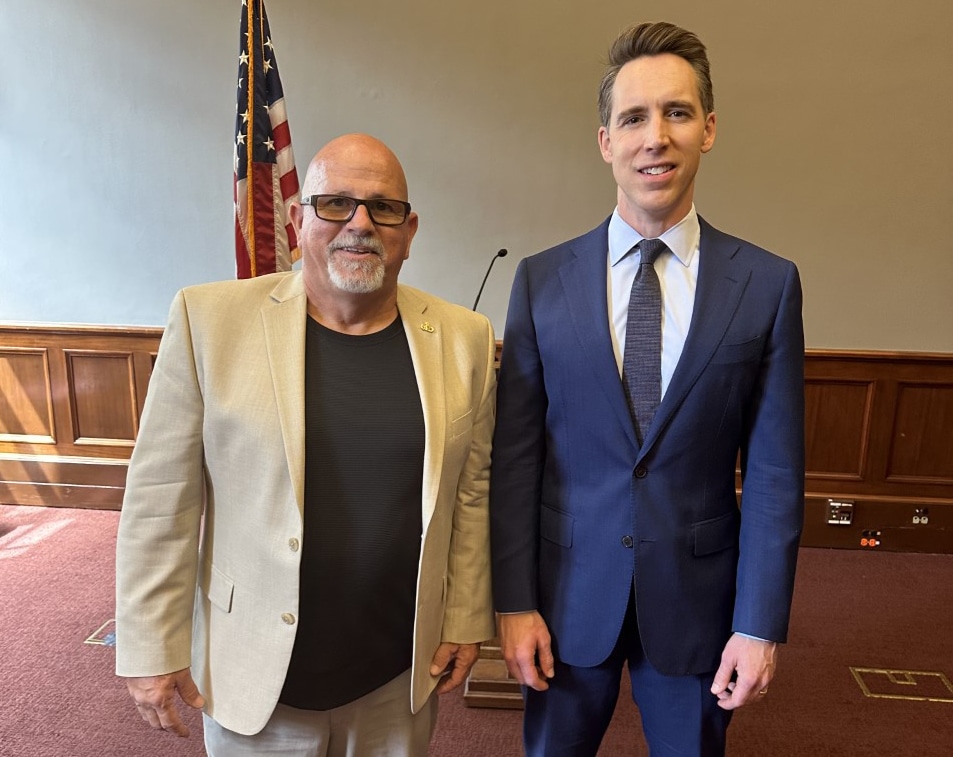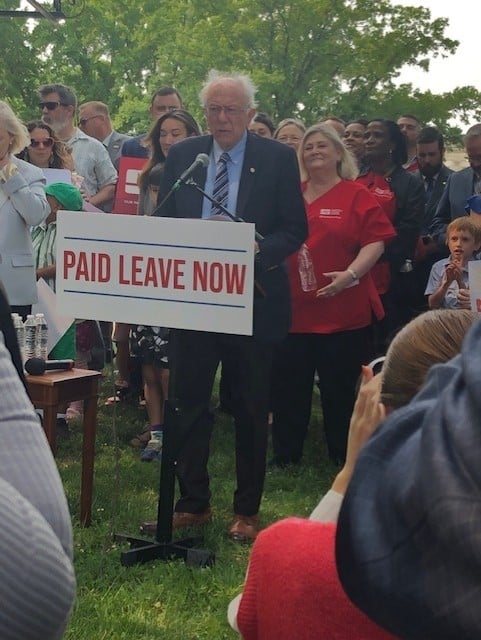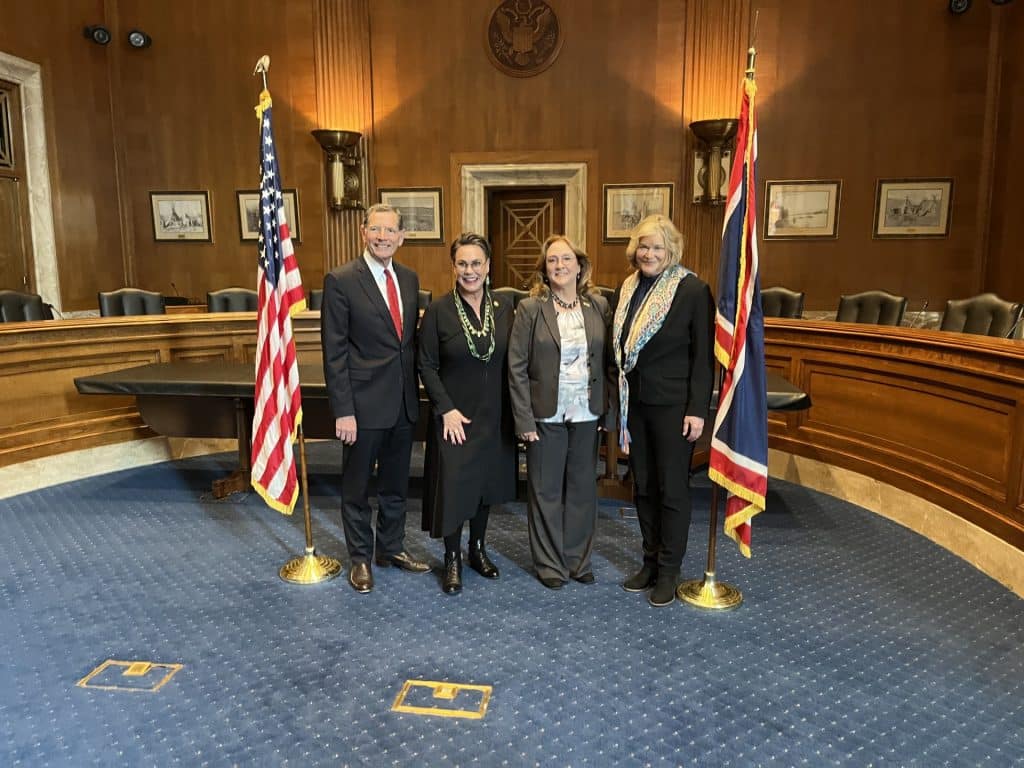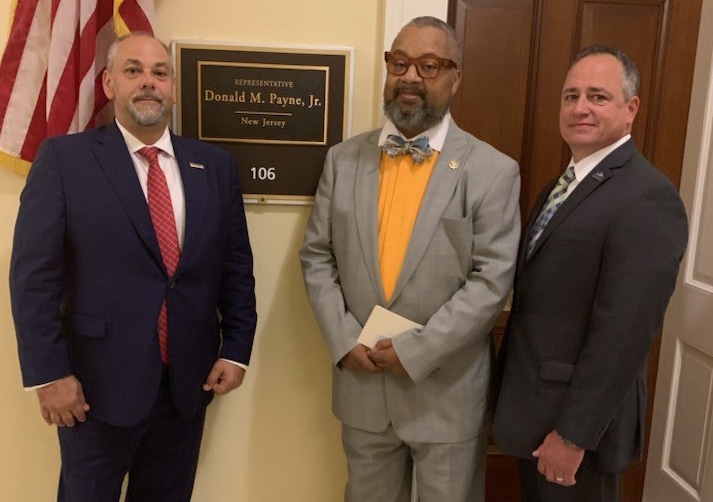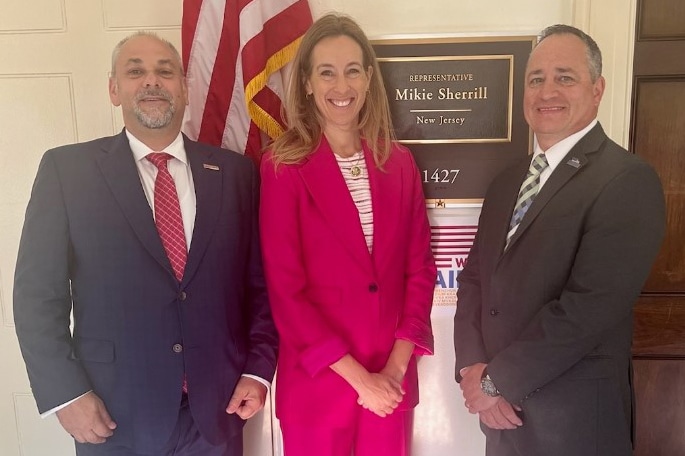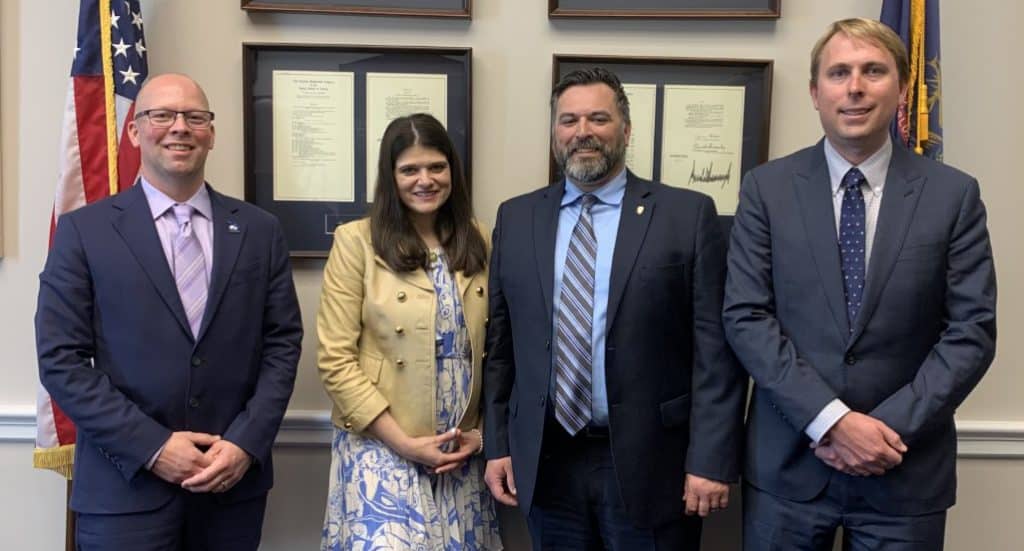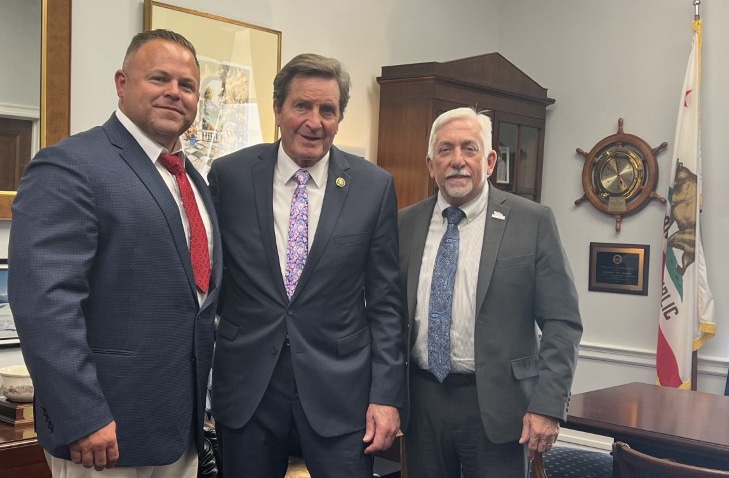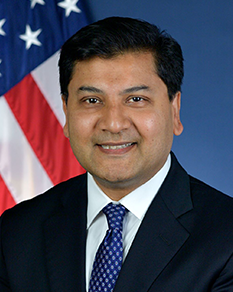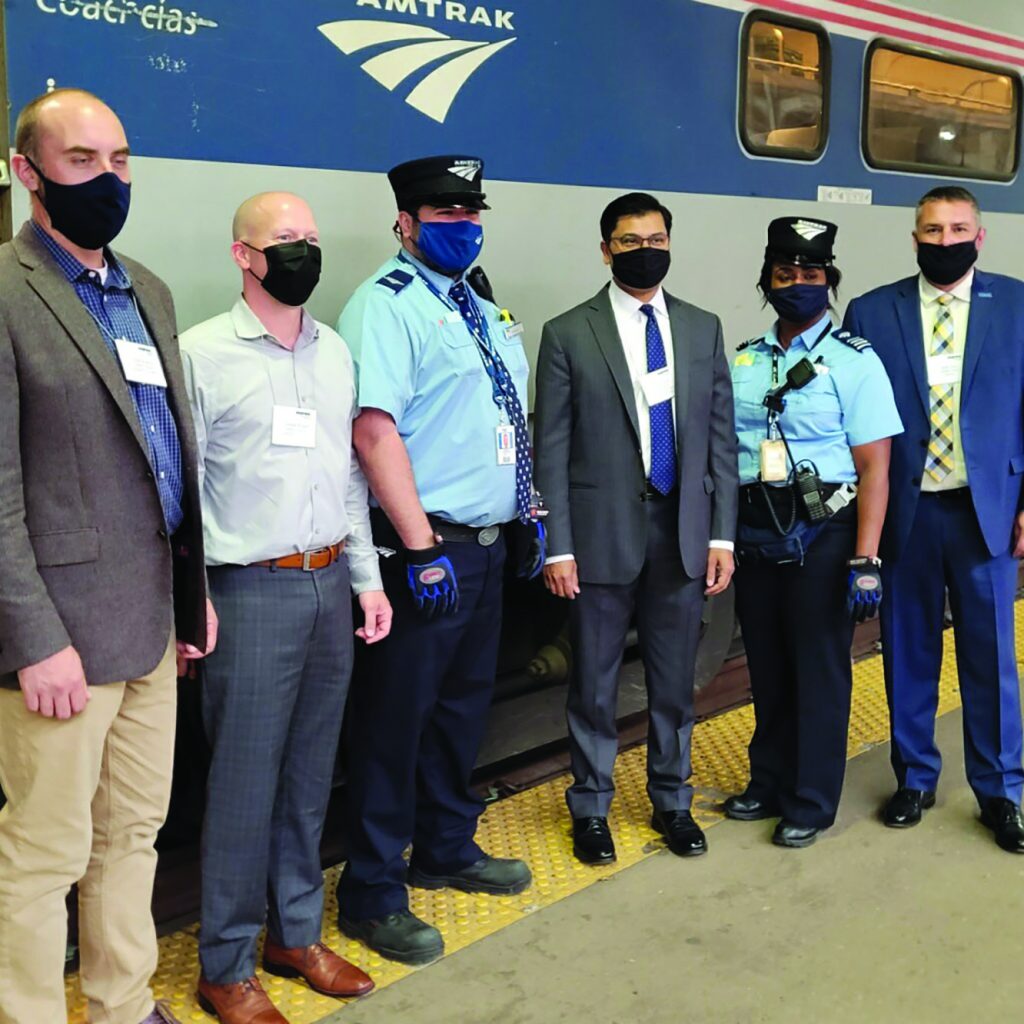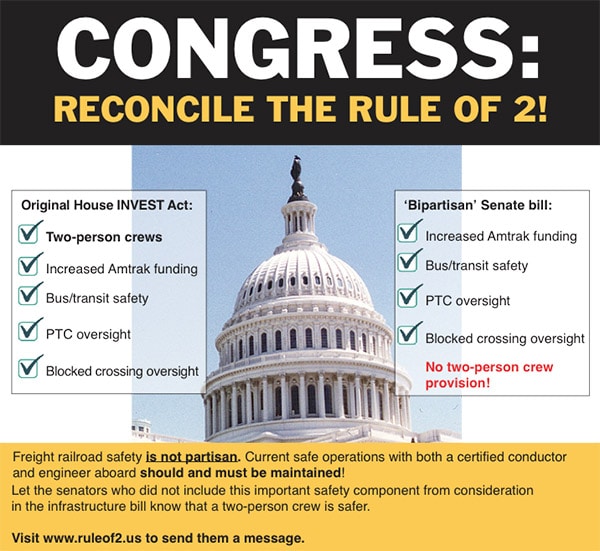SMART Transportation Division National Legislative Director Greg Hynes and his department led the charge in our nation’s capital to get bus and transit members’ safety concerns in front of members of the U.S. House of Representatives and the Senate.
This union, our Bus Department and the Bus/Transit Assault Prevention and Safety (BTAPS) committee have been advocating for Congress to act to end the startling growth of violent assaults on the nation’s public transit workforce.
President Biden’s administration and the Federal Transit Administration have begun to make moves to address shortcomings in security. SMART-TD and BTAPS are now taking our issues directly to Congress urging them to act on transit safety, which is a life-and-death issue for our brothers and sisters.
- TD to transit agencies: Let’s try “every single thing” to protect our operators
- SMART-TD Union Demands Action in Wake of Los Angeles Bus Hijacking
- SMART-TD takes action to defend transit worker safety
Hynes said he’s “fired up about how his team represented this union and the potential results of their great work.”
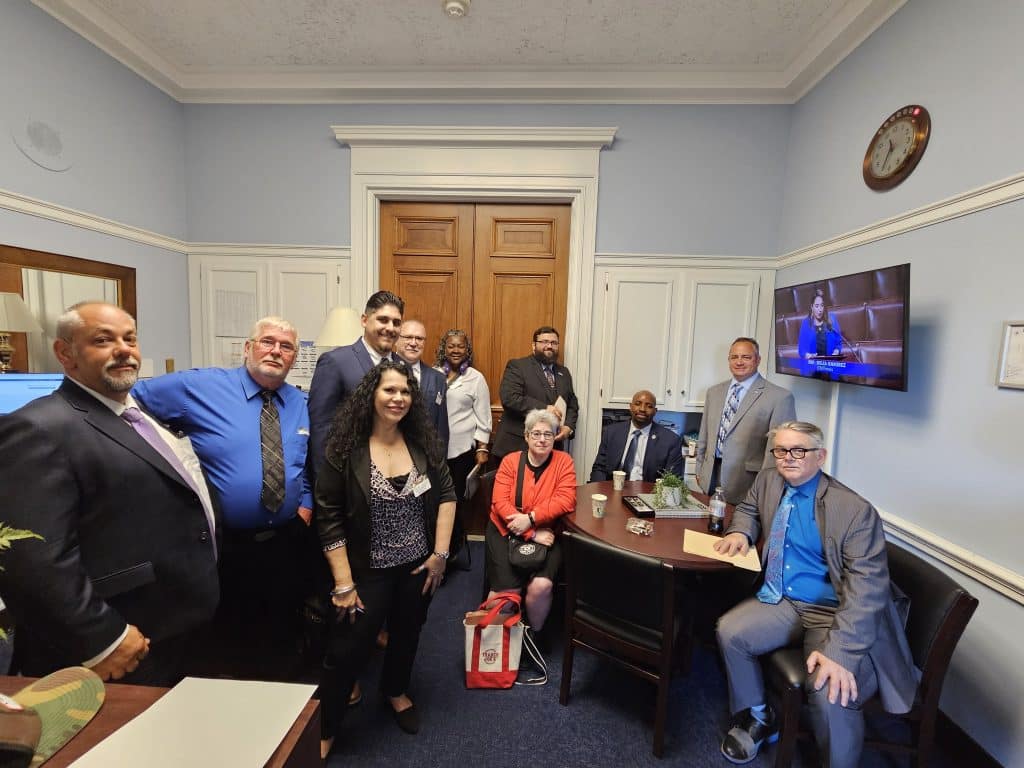
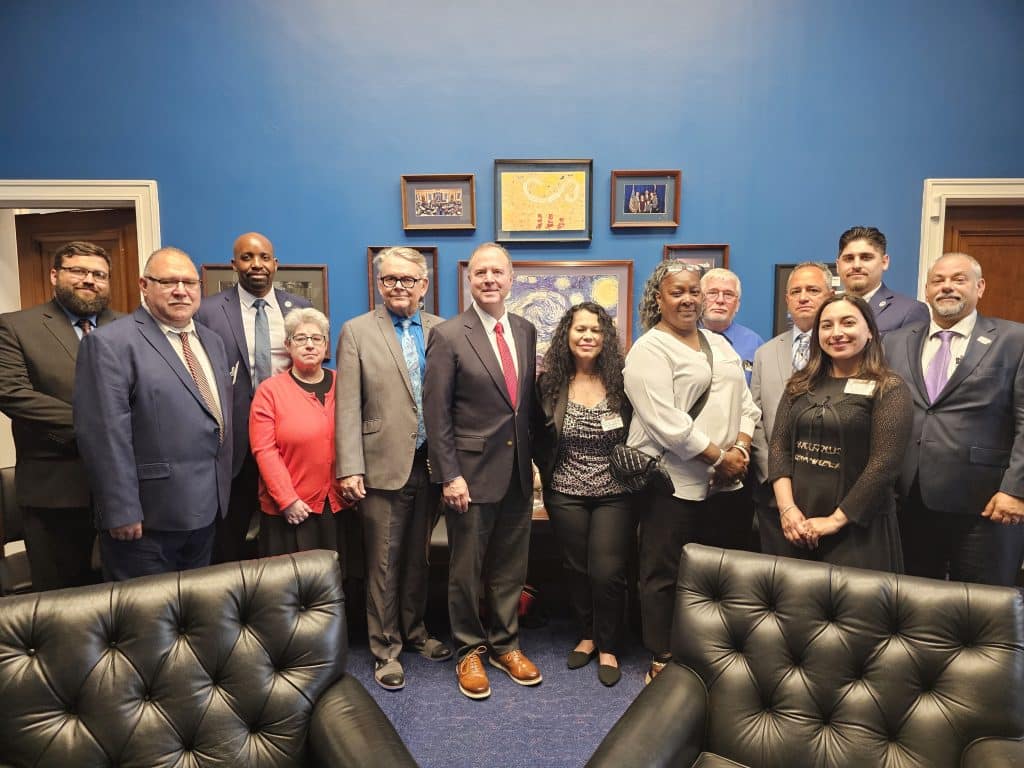
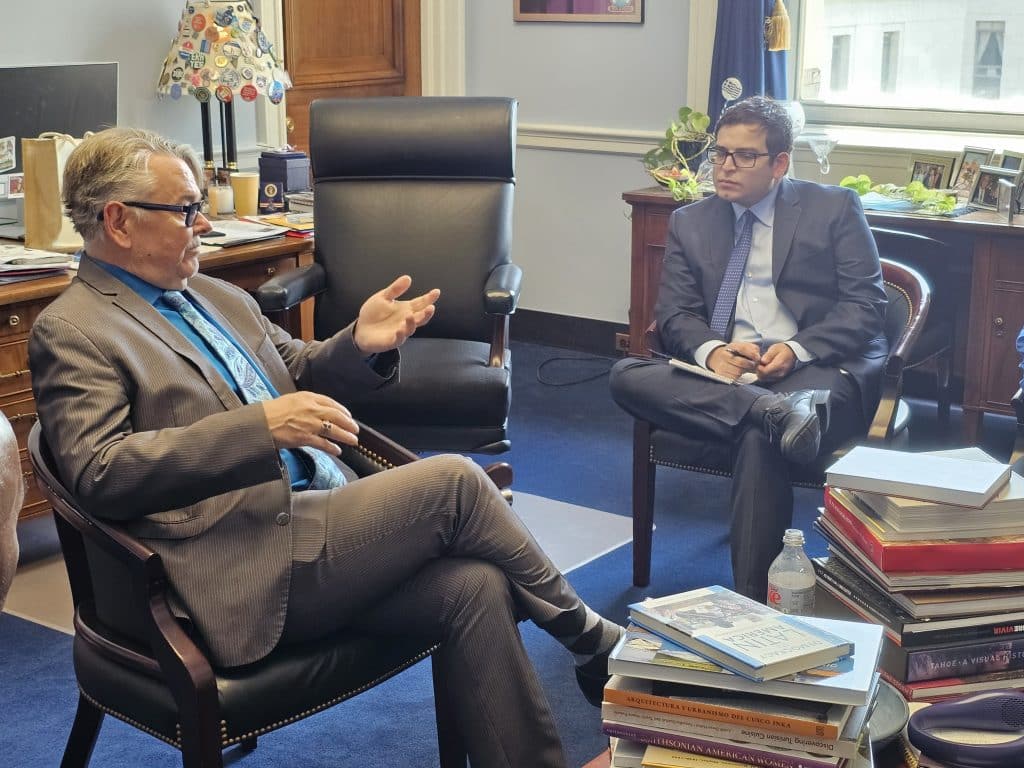
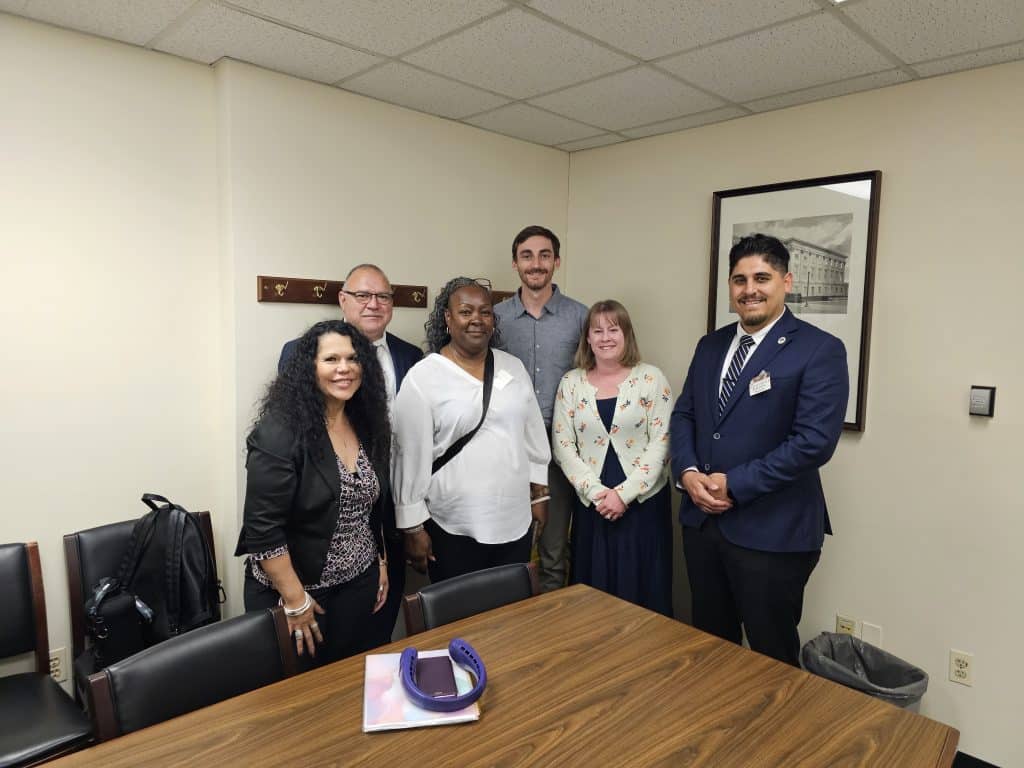
TD directly engages U.S. Congress and agency directors
“Our new BTAPS committee had a fantastic showing. All six members from across the country made the trip. Along with Bus Department VPs (Alvy) Hughes and (James) Sandoval, they brought the realities of the roads and rails with them into the halls of Congress today. Their message hit home with these officials because they were undeniably authentic.” Hynes said.
Hynes’ team, along with Christine Ivey, chairperson of BTAPS, and her team of bus and transit rail safety advocates met with the offices of 13 members of the House of Representatives, 2 U.S. senators, and the staff director of the House Subcommittee on Highways and Transit.
“I’m proud of the effort this union put forward today, and I have high expectations for the results. I want to thank Christine and the BTAPS members for making an important contribution to this union today and to the safety and well-being of our membership,” Hynes said.
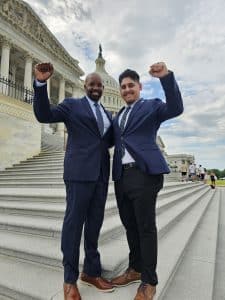
In addition to our BTAPS members, SMART-TD was represented by Bus Department Vice Presidents Hughes and Sandoval, plus New Jersey State Legislative Director Ron Sabol as well as SMART-TD Auxiliary’s Monica Sandoval.
“We took a powerful step forward, but this is just the beginning,” VP Sandoval said. “We will not take our foot off the pedal until every transit worker is safe and secure. Only together will we make sure our voices and stories continue to echo through Capitol Hill.”
On a second day of meetings, Hynes led a team of SMART-TD leaders in a highly successful meeting with acting FTA Administrator Veronica Vanterpool. Administrator Vanterpool was highly receptive to the message and perspective SMART-TD had to share with her.
Administrator Vanterpool, who has a commercial driver’s license and four years of experience as a bus operator on her resume, quickly identified with the realities SMART-TD presented in their meeting. She is hoping FTA can partner with SMART-TD and our BTAPS committee in an effort to collect data on future assaults directly from our membership rather than depending on the transit agencies to self-report the information.
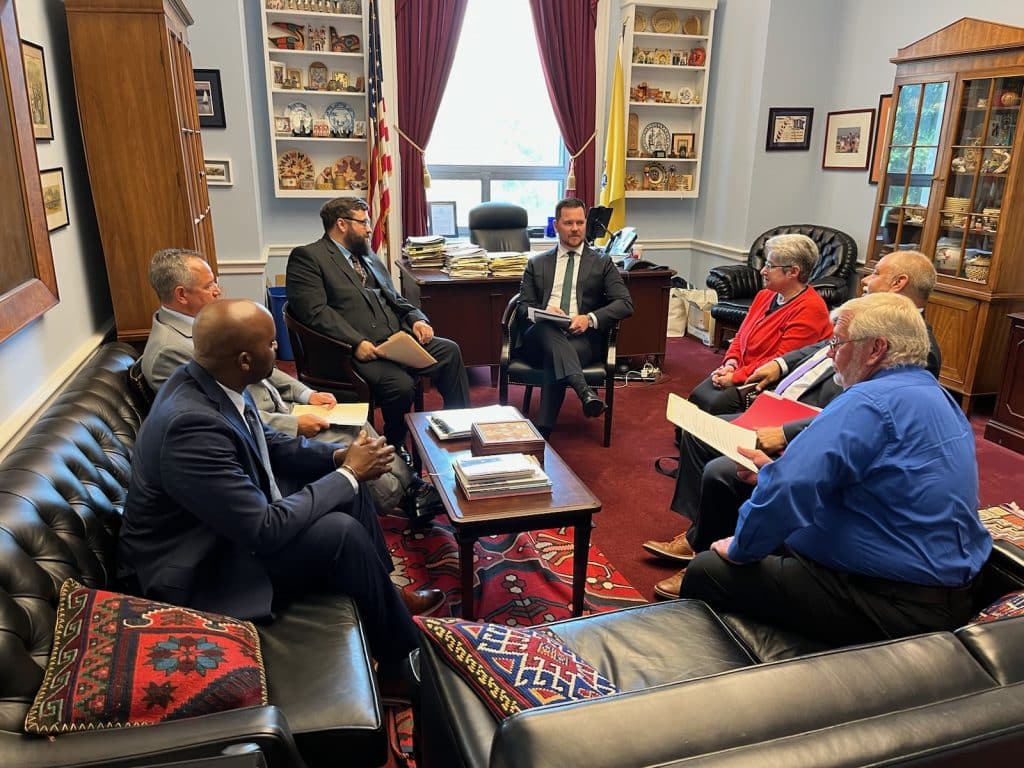
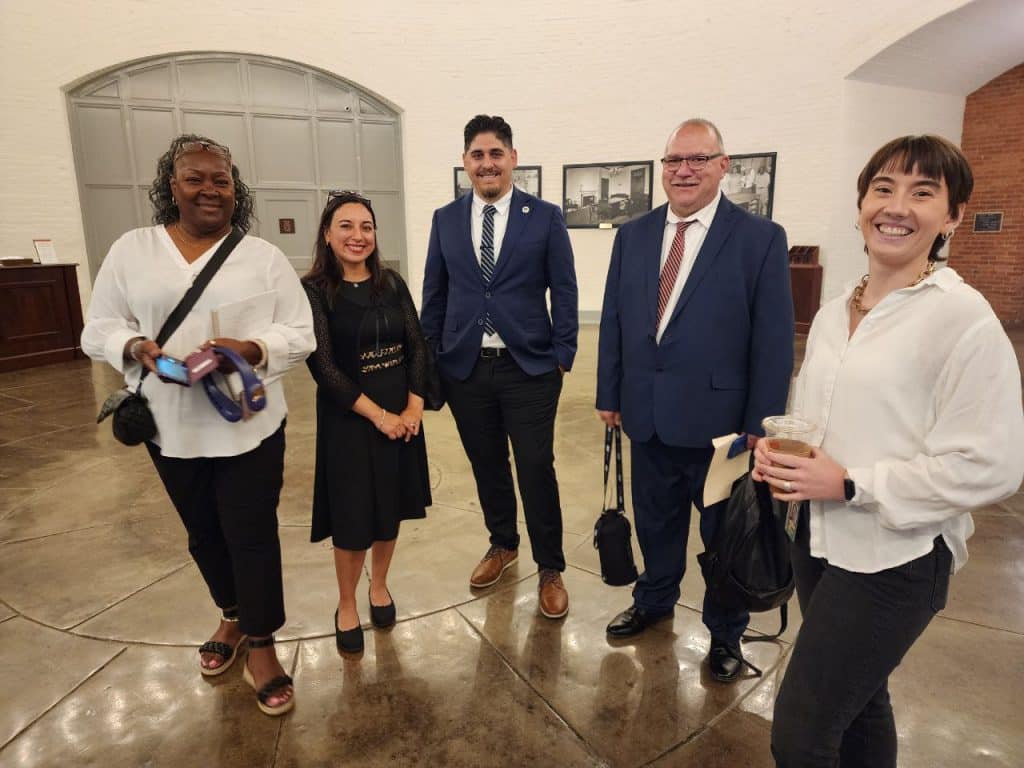
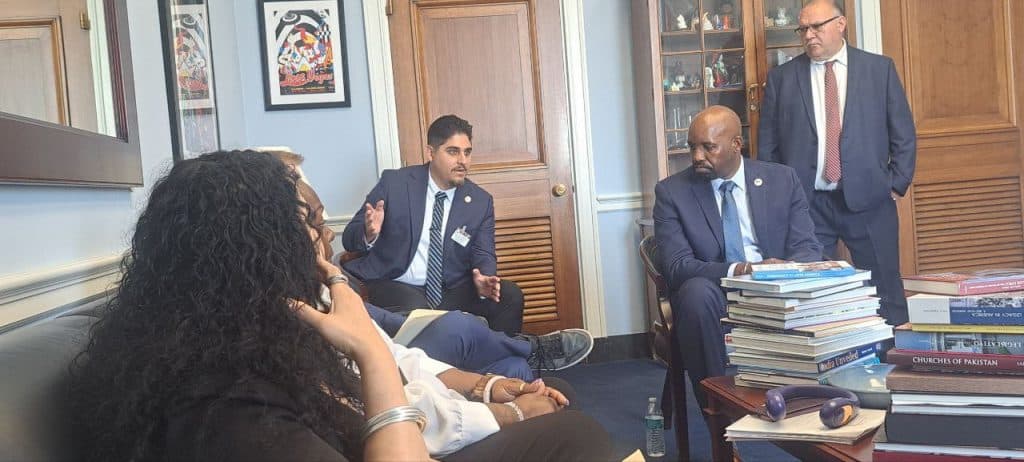
SMART-TD Alternate National Legislative Director Jared Cassity had this to say: “In talking with acting Administrator Vanterpool, it immediately became clear that she is eager to address the same safety issues as this union. She went into detail on the new property-specific safety committees that she and the Biden administration are instituting for our bus members and was engaged in dialogue with our people about how SMART-TD can play an active role in the success of their mission.”
Bus Department Vice President Alvy Hughes added, “I’ve been involved in this union and this Bus Department for a long time now. I can tell you that the meeting we had with Administrator Vanterpool and the work we put in on Capitol Hill the day before has been one of the most-productive projects I’ve had the opportunity to be involved in. This organization is stronger, and our members will be made safer through what we accomplished during this first-of-its-kind Bus/Transit Day on the Hill.”


